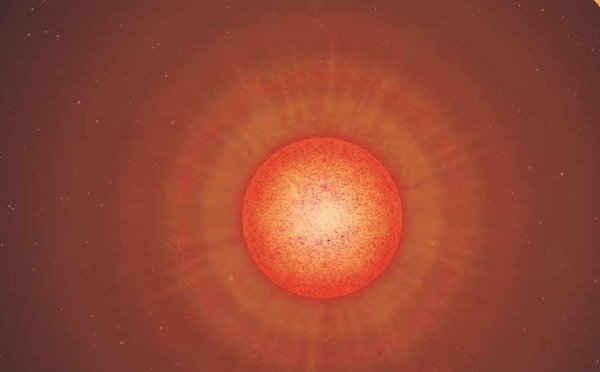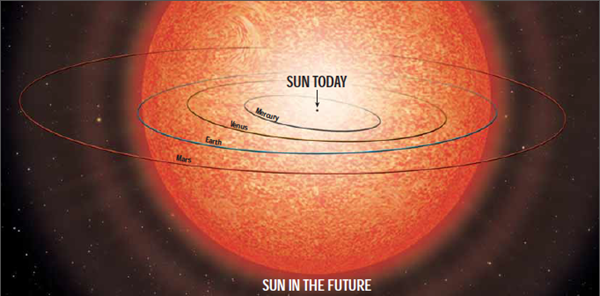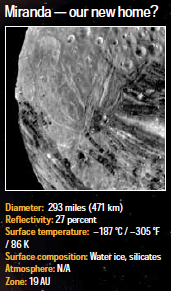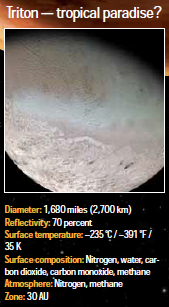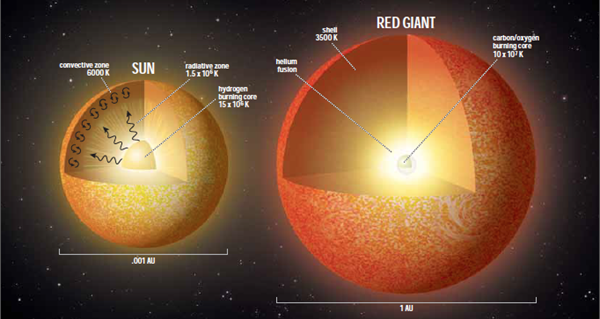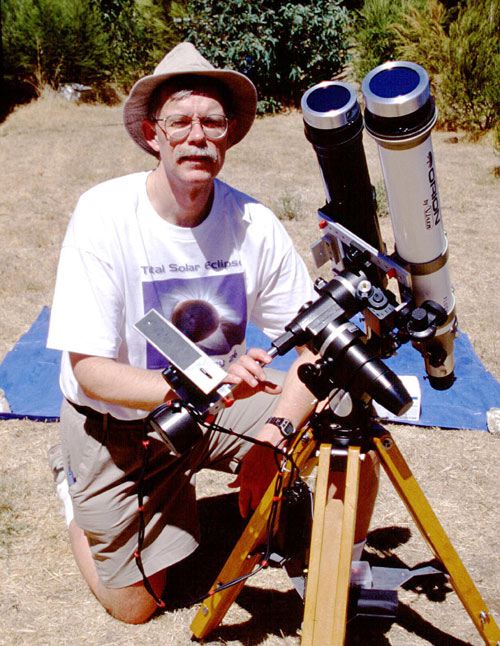Key Takeaways:
This article originally appeared in the November 2004 issue of Astronomy.
The discovery that planets are common will forever stand as one of the great achievements of astronomy in the 1990s. As a working astronomer, this discovery came as little surprise. Given the run-of-the-mill nature of the Sun, I’d expected that the processes that led to the formation of planets in our solar system would naturally operate in other locales. What did surprise (and please) me, however, was learning that other solar systems would exhibit many exotic architectures.
I suppose this shouldn’t have been any more a surprise to me than the variety of Earth’s human cultures would be to a first-time globetrotter. Nonetheless, when searches turned up planets around pulsars and super- Jupiters orbiting their stars at Mercury-like distances, I felt enlightened. The variety of worlds these discoveries suggested was as intoxicating as a first journey to a foreign land.
As I read and thought about the variety of planetary systems being discovered, I wondered how they might evolve. In our own solar system, we know the Sun is about halfway through its 12-billion-year “main sequence” phase. This phase will end when the Sun exhausts its supply of useable hydrogen fuel. When this happens, old Sol will puff up to about 100 times its present diameter, entering a stage of evolution called a red giant. For more about this process, see “The amazing lives of two stars,” on page 34.
As the Sun balloons, the inner solar system will roast; indeed, the inner planets may even be consumed by the expanding Sun. What does this mean for conditions in the outer solar system?
Miami Beach in the Kuiper Belt
To calculate what will happen to the outer solar system when the Sun goes red giant, we need to know the Sun’s predicted mass, size, and luminosity over time. We also need a mathematical recipe for calculating planetary temperatures using several variables, including the planet’s distance from the Sun, the Sun’s luminosity, and the planet’s properties.
Information on the Sun’s luminosity evolution is published in scientific literature. It’s based on stellar evolution calculations that involve such criteria as nuclear fusion rates that control the rate of energy generation in the Sun’s core, and the response of the Sun’s outer layers to those internal processes. These calculations have been validated by observations of stars in different stages of their evolution.
The actual temperature of a given planet will also depend on other factors, such as the degree of internal activity and the degree to which its atmosphere produces a greenhouse effect (i.e., whether miniscule like Mars’s, mild like Earth’s, or severe like Venus’s). There are other complications, too. For example, during the red giant phase, a star’s great luminosity and large size cause it to lose much of its mass. This causes planets to be bound less tightly to their stars and to move away to greater distances as the star loses mass.
For a common star like the Sun, the room temperature distance moves outward late in life from the 1 astronomical unit (AU) distance we know and love here on Earth to as far as 50 AU. Similar, but more extreme, behavior is exhibited in stars with higher masses. But the basic message remains unchanged: The cozy, warm kind of “habitable zone” around each star will move outward as the star gets older, moving from the inner to the outer solar system. The lesson for astrobiologists is clear: Which planetary abodes in a given system are habitable depends on what phase of evolution the system’s star is in.
Water worlds waiting
A few billion years from now, when the terrestrial planets suffer a fate somewhere between roasting and evaporating, the ice worlds of our solar system will melt and become ocean oases for tens to several hundreds of millions of years. Our solar system will then harbor not one world with surface oceans, as it does now, but hundreds — all the icy moons of the gas giants, as well as the icy dwarf planets of the Kuiper Belt, will bear oceans. Pluto’s temperature will resemble Miami Beach’s current temperature, so I like to call these worlds “warm Plutos” in analogy to the plethora of “hot Jupiters” found orbiting Sun-like stars in recent years.
Will these worlds evolve life? We don’t know. Arguing against “much interesting” happening on these worlds is the comparatively short amount of time (millions of years instead of billions) during which these distant oases can persist before the Sun’s luminosity declines and their oceans refreeze forever.
But such systems won’t suffer the kind of life-threatening bombardment that Earth had to endure in the raucous, early, post-planet-forming era of the inner solar system. The swelled Sun won’t produce as much harmful UV radiation. And unlike, say, presentday Mars, the ice worlds of the outer solar system already are teeming with hydrocarbons and other organic compounds. Who is to say what stew those myriad future oceans may someday brew?
Looking for life
We do not yet know if our solar system is “normal.” Indeed, we do not even know if icy worlds at tens of astronomical units from their stars are common. But we do know there are some 10 billion red giants in the Milky Way, and if our small piece of the galactic neighborhood is normal, the kind of outer solar system our home star will sport someday exists now around some of these red giants.
The Kuiper Belt, in our outer solar system, has at least a million ice-rich worlds, with at least three times the surface area of the four innermost planets. Over 99 percent of our solar system’s water and other organic material is found in these far-out habitable zones — and not in the familiar 1 AU zone. These far-out worlds therefore represent an important niche in the spectrum of habitable zones nature may fill with life. Sure, there are details to be worked out regarding the effects of stellar luminosity pulsations and stellar winds. And yes, there are other details to consider regarding the effects of red giant radiation on habitats and the evolution of planetary atmospheres and their greenhouses on warm Plutos.
Nevertheless, the basic message is clear: Just as the kinds of worlds discovered in the 1990s, including pulsar planets and hot Jupiters, were different from those in our home system, so too the worlds potentially sporting life in our galaxy may be different from the one supporting life in our solar system. What a wonderful universe of possibilities awaits us as we continue to explore.

